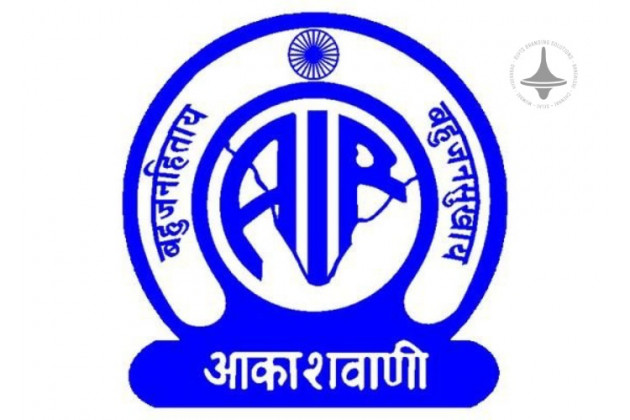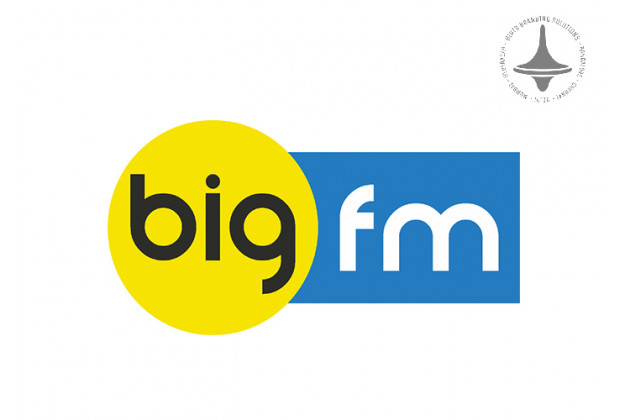Digital Branding | Agency Mandate | Modern Marketing | Elyts

In today’s hyper-connected world, the rules of branding have undergone a radical shift. The digital age hasn’t just introduced new platforms—it has redefined how brands are born, built, and sustained. This evolution has given rise to a new agency imperative: Digital-First Branding.
What is Digital-First Branding?
Digital-First Branding is a strategic approach where the
digital environment is the primary touchpoint for brand communication,
identity, and customer engagement. Unlike traditional branding that starts with
offline campaigns and adapts to digital, digital-first flips the
script—prioritizing digital channels like social media, websites, e-commerce
platforms, and mobile apps from day one.
Why Has Digital-First Become the New Norm?
1. Consumer Behavior Has Gone Digital
Today’s consumers live online. From discovering products on
Instagram reels to reading reviews on Google, the buyer journey begins and
often ends in the digital realm. For agencies, ignoring this behavior shift is
no longer an option—it’s a missed opportunity.
2. Faster Time-to-Market
Digital branding enables quicker rollouts. Brands can launch
campaigns in real-time, gather feedback instantly, and iterate rapidly. This
agility is especially critical for startups, D2C brands, and businesses in
fast-evolving sectors.
3. Data-Driven Decisions
Unlike traditional branding, digital-first strategies are
powered by data. Agencies can track engagement, measure ROI, and fine-tune
campaigns based on real-time analytics, making every decision smarter and more
cost-effective.
4. Scalability and Reach
Digital platforms don’t have borders. Whether it's a
regional product or a global launch, digital branding allows for scalable,
targeted outreach. One viral post or trending hashtag can put a brand on the
global map overnight.
The New Role of Creative Agencies
To meet this digital-first mandate, agencies must evolve
beyond traditional storytelling and media buying. Here’s how:
• User-Centered Design Thinking
Brand experiences now live across screens. From logo
placement on a mobile screen to the UX of a website, every digital detail
matters. Agencies must build branding that works seamlessly across formats,
ensuring consistent and memorable digital touchpoints.
• Platform-Native Content Creation
Each digital platform has its language. TikTok demands
authenticity, Instagram rewards aesthetics, and LinkedIn leans on authority.
Agencies must craft content tailored to each platform's culture while
maintaining brand integrity.
• SEO and Performance Branding
A digital-first brand must be searchable and discoverable.
Integrating SEO strategies into brand content ensures higher visibility on
search engines, while performance branding aligns design and messaging with
measurable KPIs.
• Real-Time Engagement
Branding today is a two-way conversation. Agencies need to
manage real-time interactions—responding to comments, handling crises, and
riding trends—all while staying on-brand.
Case in Point: Brands Winning the Digital-First Game
Startups like Glossier, Nike, and Spotify
have embraced digital-first branding to great success. They’ve created
communities, leveraged influencer partnerships, and used data to personalize
user experiences—all hallmarks of a digital-first mindset.
Future-Proofing Through Digital
As emerging technologies like AI, AR, and the metaverse take
center stage, digital-first branding will only grow in relevance. Agencies that
invest in digital infrastructure, talent, and innovation today are setting the
stage for long-term brand leadership.
Conclusion
Digital-First Branding is not a trend—it’s a
transformation. For creative agencies, adapting to this new reality isn’t
just about survival; it’s about leading the charge. The brands of tomorrow will
be built in pixels, powered by data, and spread through screens. It’s time
agencies embrace their new mandate and design for the digital-first world.
Elyts Advertising and Branding Solutions | www.elyts.in (India) | www.elyts.agency (UAE)






















Leave a Comment